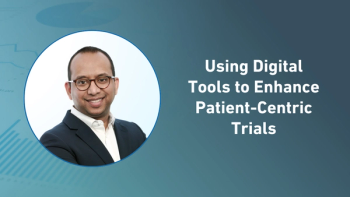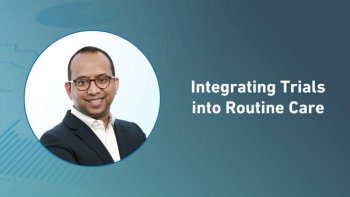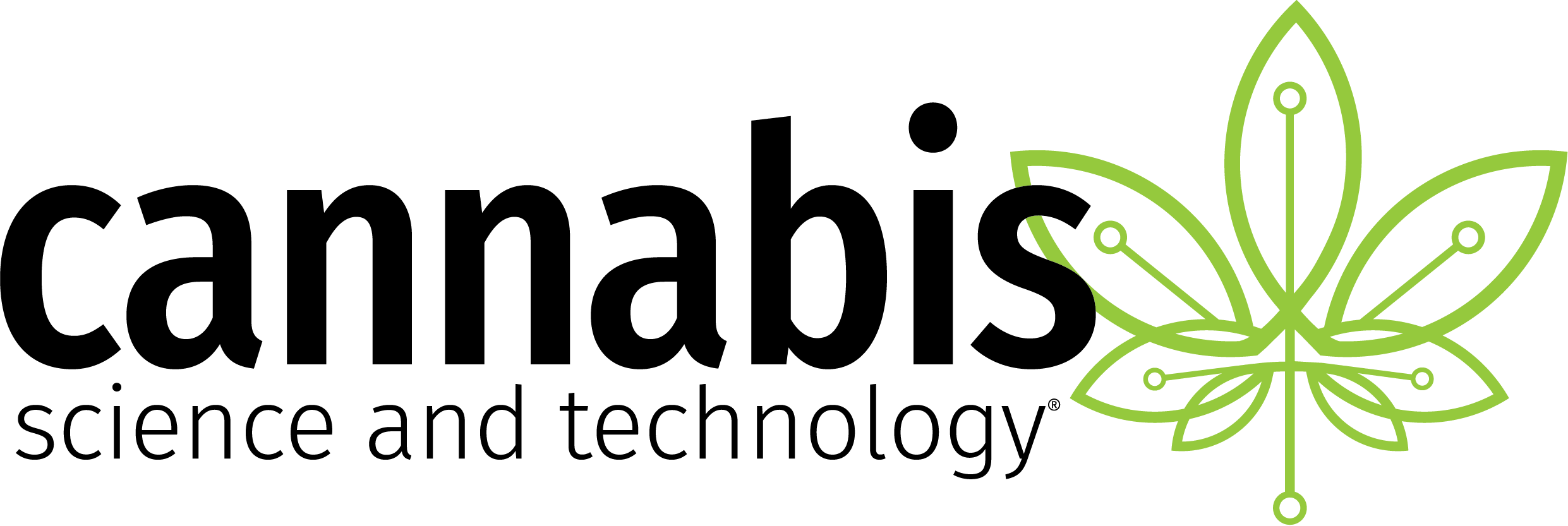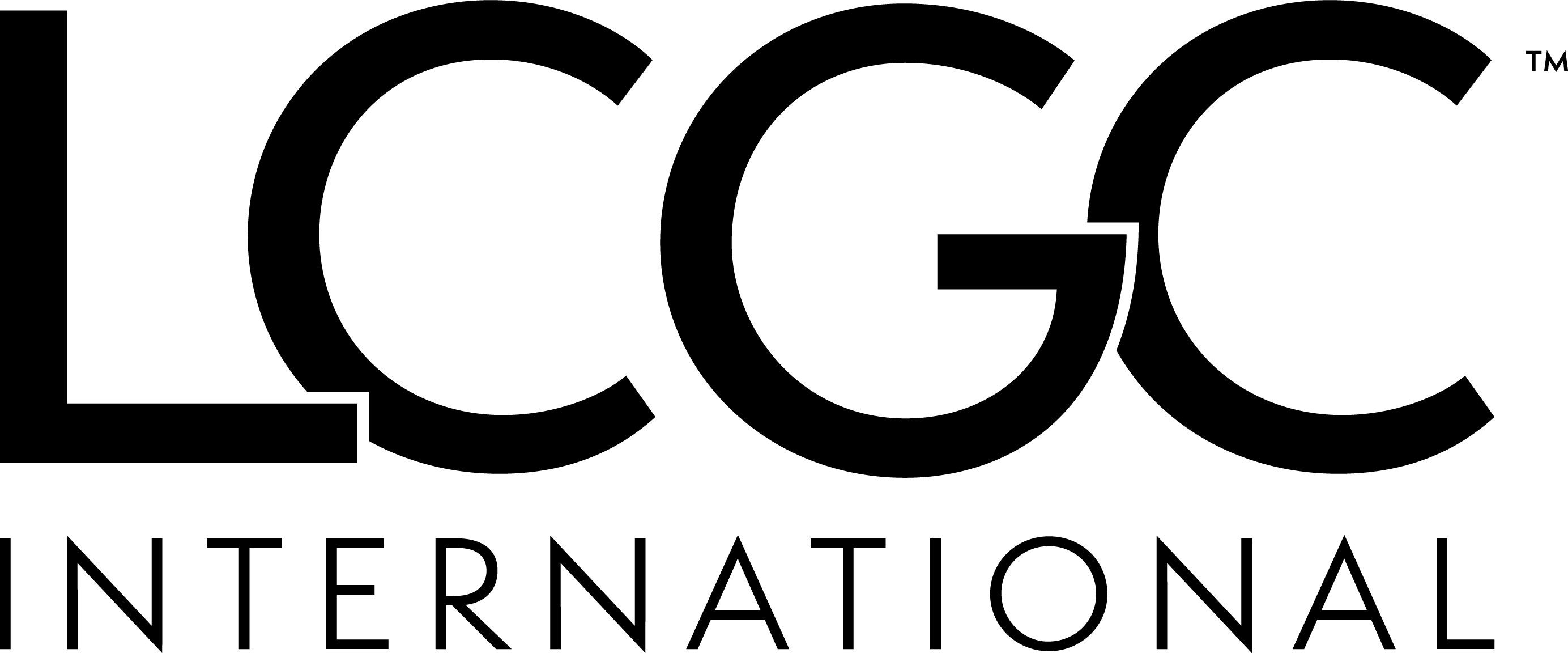Key Takeaways
- Biotech Talent Shortage Threatens Clinical Trial Progress
The shrinking laboratory and research workforce is reaching crisis levels, directly impacting the ability to conduct and scale clinical trials. Without skilled professionals to execute trial protocols and analyze data, the pace of medical innovation—including personalized therapies and vaccine development—faces dangerous delays.
- Burnout and Career Insecurity Are Draining Future Talent
Clinical trial professionals are feeling the ripple effects of a disillusioned early-career pipeline. Pandemic burnout, poor work-life balance, and eroding public trust in science have led to declining interest in lab-based careers, threatening long-term trial capacity and institutional expertise.
- Rebuilding the Clinical Workforce Requires Systemic Investment
Solving the clinical talent gap will require more than hiring. It demands bold reinvestment in internship programs, mentorship pathways, immigration reform, and supportive work environments. For clinical research organizations, this means prioritizing sustainability and purpose to attract and retain top-tier scientific talent.
Right now, America’s scientific labs are facing a quiet but catastrophic crisis: a shrinking workforce that threatens to bring life-saving medical progress to a grinding halt. Behind every cancer breakthrough, every new vaccine, every treatment that gives patients another chance, there is a research lab. And right now, those labs are struggling to stay staffed.
We are on the cusp of extraordinary scientific advances. From personalized cancer therapies to CRISPR innovations, the lifesaving potential of biotech is staggering. But innovation needs people. And we’re running out of them. This isn’t just about job openings and unfilled roles, it’s about the very foundation of scientific progress.
If we don’t fix this workforce shortage now, we risk losing not just talent, but time. And in healthcare, lost time equals lost lives.
The Innovation Exodus is Real
The COVID-19 pandemic didn’t just stretch our hospitals and research centers, it broke many of the people working in them. For more than two years, young people watched scientists and healthcare workers pushed to their limits on the front lines.
They saw exhaustion, burnout, and frustration play out in real time on social media and the nightly news. And many quietly asked themselves: Is this the career I want?
At the same time, the traditional culture of biotech—long hours, intense pressure, and few clear paths for advancement—no longer resonates with a generation that wants balance, flexibility, and purpose. Today’s workforce wants meaningful work, but not at the cost of their health and wellbeing. And too often, that’s the price lab work demands.
Meanwhile, public trust in science has been shaken. Vaccine misinformation, politicized narratives, and skepticism of biomedical research have undermined confidence in the very institutions that should be inspiring the next generation of scientists.
Layer on top of this distrust the deep funding cuts to the NIH, CDC, and other public research entities, personnel cuts at FDA, and steep tariffs, and it’s no wonder the industry is shaken to its core. Career scientists have been laid off or driven out.
Auspicious young researchers are watching internship programs and job opportunities—many of them federally funded—disappear, and wondering whether this is a field with a future. And immigration policies have made it harder for international talent—long a vital source of innovation in biotech—to study, stay, and work in the United States.
It all adds up to a public health crisis that could impact us for generations to come.
This is not just an HR problem. The pipeline of lab professionals is drying up just when we need it most, leaving us with an enormous threat to public health. It’s time we start treating it like one.
We can’t simply hire our way out of this shortage. We must rebuild the talent pipeline from the ground upnand we need to start now. That means making science and lab work attractive again. It means restoring trust in the scientific process by communicating clearly, openly, and consistently with the public.
It means reinvesting in internship and training programs that give early-career scientists a viable, supported path into the lab. It means creating work environments that offer not just purpose, but sustainability through better career development, more flexibility, and stronger mentorship. It means funding the engines that drive our innovation and reforming immigration policies so the international talent we depend on can stay and thrive here.
And it means recognizing, at every level, that a robust lab workforce is not a luxury but a necessity for public health, national security, and global leadership in biomedical innovation.
It’s about ensuring that our labs, and our industry, have a future. If we don’t stand behind the people doing the work in the lab now—if we don’t invest, support, and rebuild this workforce—we all stand to lose.
We need to come together and stand behind science, despite our political and ideological differences, before it’s too late. Because when we lose the people that drive science forward, we lose momentum, we lose time, and we will ultimately lose lives.
About the Author
Inga Rose, CEO, Reference Medicine






.png)



.png)



.png)
.png)
